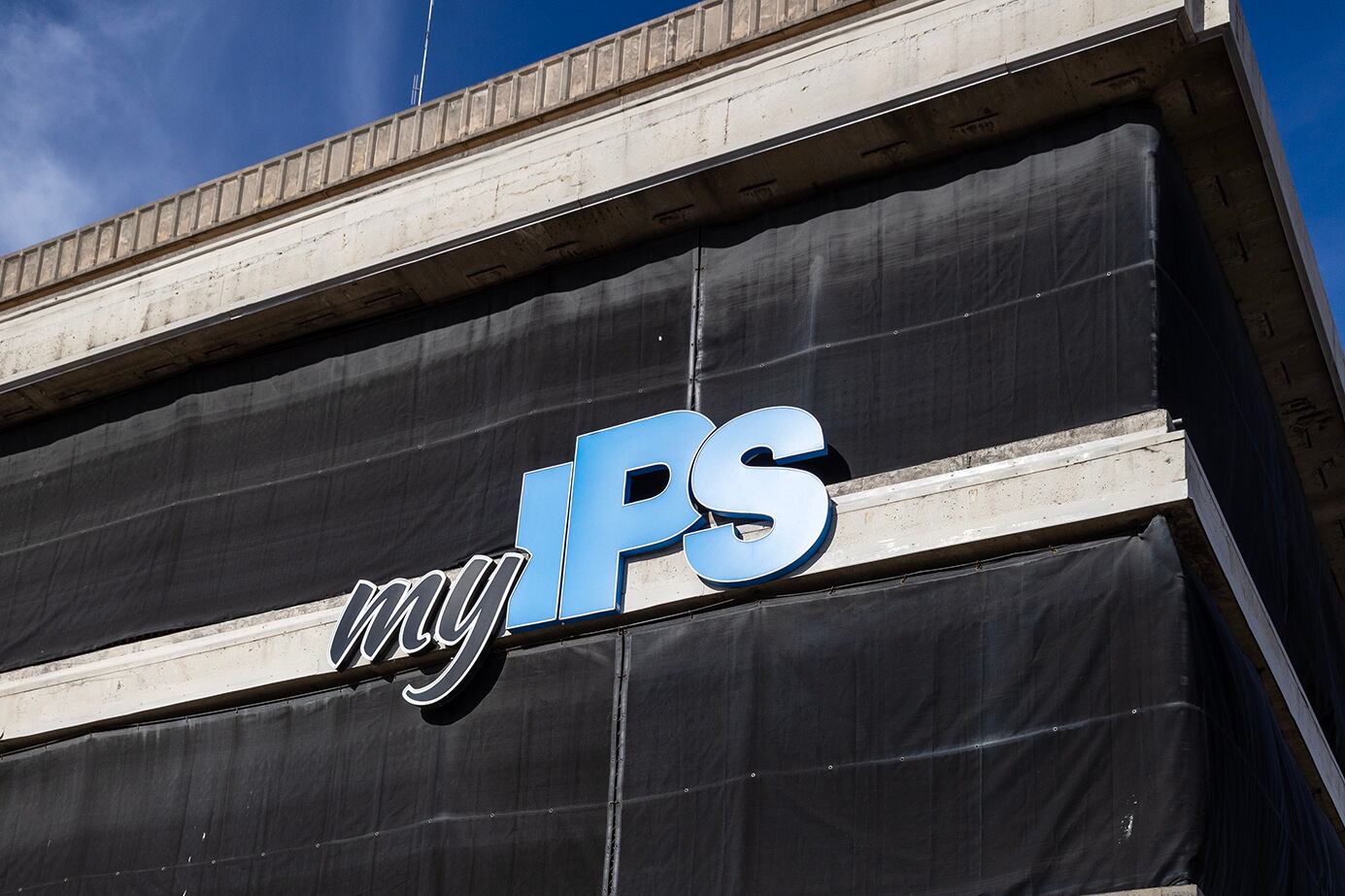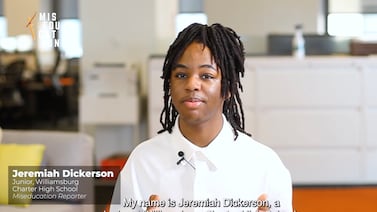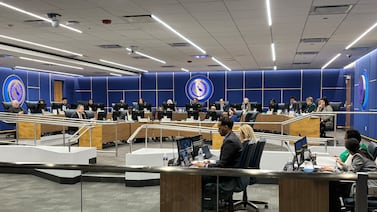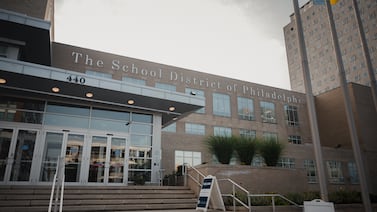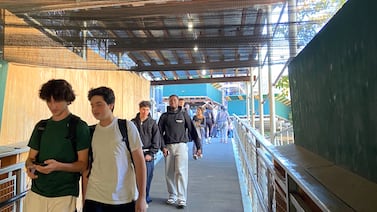Sign up for Chalkbeat Indiana’s free daily newsletter to keep up with Indianapolis Public Schools, Marion County’s township districts, and statewide education news.
Indianapolis Public Schools will break up its newcomer program for English language learners who are new to the country.
The move to pull the newcomer program out of Northwest Middle School will help reduce transportation costs, make the best use of physical space, and help students engage more with their peers who are native English speakers, officials said in a presentation to the school board on Thursday. It also mirrors a district-wide push to more fully integrate English language learners with their English-speaking peers.
The newcomer program, which the district launched in 2016, currently serves 232 students in grades 7-10 who have been in the United States for one year or less and don’t attain a certain score on an English proficiency exam. But not all students who meet these criteria are enrolled in the newcomer program, officials noted. Many of them end up enrolling in other schools throughout the district.
The change will not require a school board vote.
The program is housed in Northwest Middle School, which currently serves grades 7-8 but will also expand to offer sixth grade next school year as part of the district’s Rebuilding Stronger reorganization.
High school students in the program will transfer to George Washington High School, while middle school students will go to their chosen middle school. Those new schools will still offer staff for English language learners, officials said.
The move will allow high schoolers to take elective courses with students who are native English speakers, while still taking newcomer courses such as developmental reading. High school students can transition to their high school of choice after their first year in the newcomer program, which is typically a one-year program.
The earlier start time at George Washington High School will also help the many newcomer students who also work to provide for their family, said Arturo Rodriguez, the district’s English as a new language director.
Newcomer staff will be assigned to middle schools with English language learner needs, according to the district.
In other news, the district also plans to merge Simon Youth Academy —an alternative program for high school juniors and seniors currently housed in Circle Centre Mall — with its Graduation Academy, another alternative program serving students who are also parents on the Arsenal Technical High School campus.
The lease for Simon Youth Academy has expired, and the cost of a new lease in the mall is high, officials noted. Staff at Simon Youth Academy would switch to the Arsenal Tech location.
Amelia Pak-Harvey covers Indianapolis and Lawrence Township schools for Chalkbeat Indiana. Contact Amelia at apak-harvey@chalkbeat.org.

